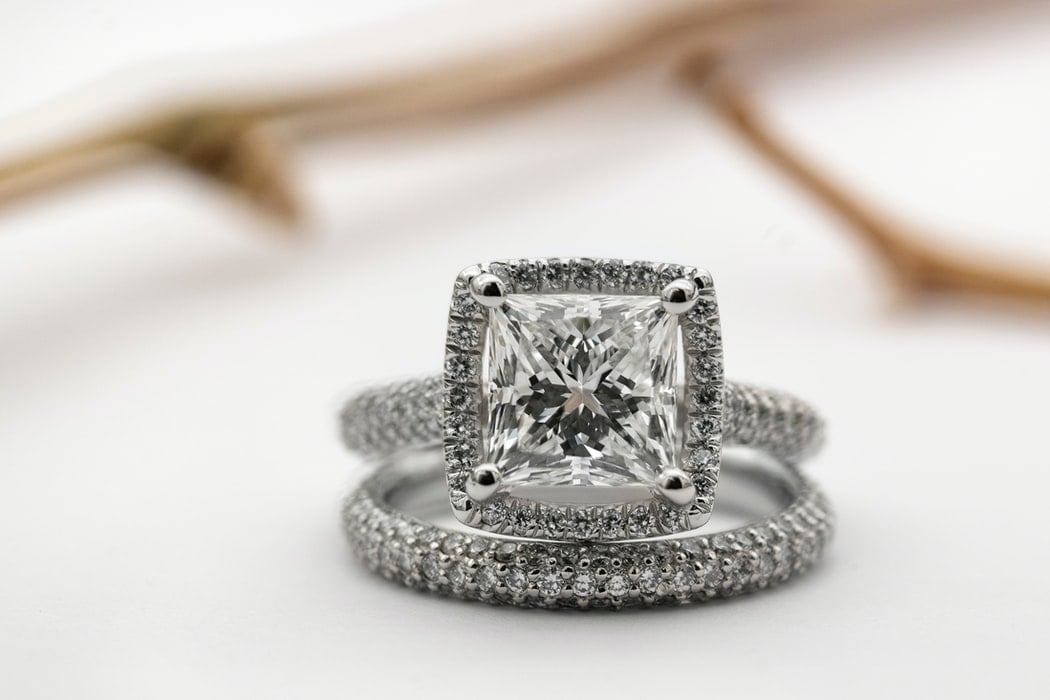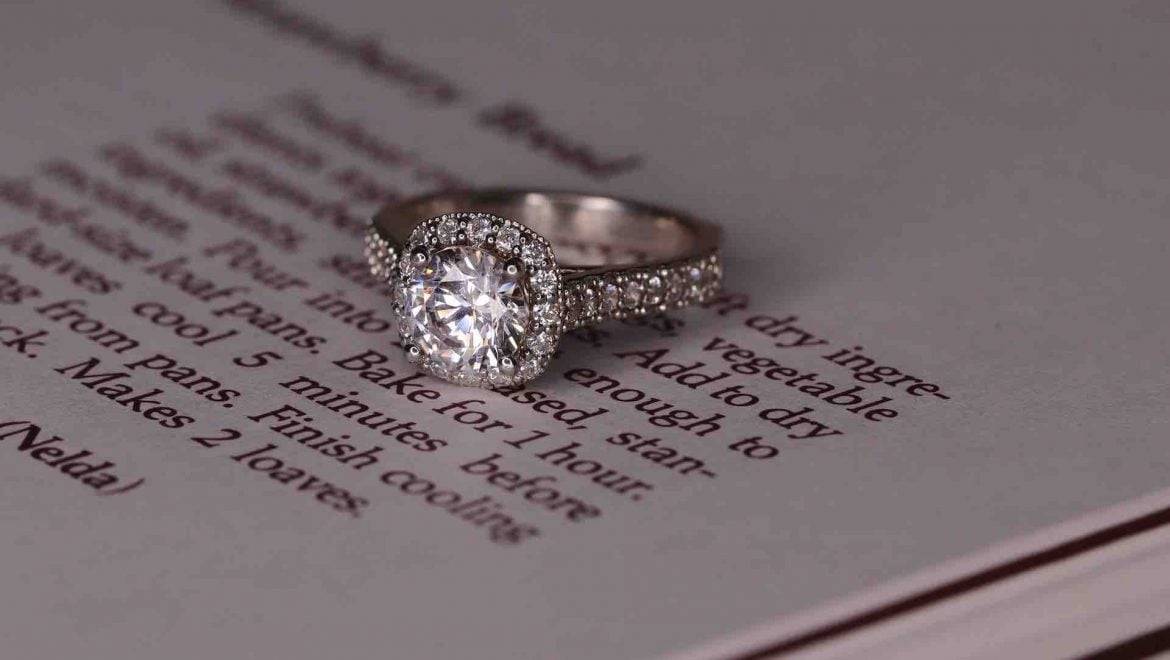Are lab grown diamonds CZ?
Lab diamonds and cubic zirconias are not the same thing. In fact, they both have entirely different properties and are formed in very different ways. That’s why we’ve put together this guide to inform you of the differences between the two, and help you choose which is the best choice for your jewellery.
What’s the difference between a lab diamond and CZs?
While lab grown diamonds are actually diamonds, cubic zirconias (CZ), on the other hand, are not diamonds. CZs are a more affordable alternative to a diamond that is made up of a completely different material. This differs from a man-made diamond – as this type of diamond is chemically and optically identical to that of a mined natural diamond.
Although a CZ stone can look similar to a diamond, it does not possess the qualities and properties to allow it to look identical – as a lab diamond does. CZs contain zero carbon, whereas both forms of diamonds (either mined or grown) are made entirely from carbon. Some of the other key differences between CZ and lab diamonds are:
- Hardness: CZ hardness is 8.25 whereas lab diamonds (and natural diamonds) has a hardness of 10
- Refractive index: CZ is 2.2 whereas lab diamonds (and natural diamonds) has a refractive index of 242
- Chemical composition: CZ’s chemical composition is made up of ZrO2 whereas lab diamonds are made up of pure carbon.
Lab diamonds vs Natural diamonds
Another common misconception is that lab diamonds are not ‘real’ diamonds, and are not the same as natural diamonds. Although the creation of these diamonds differs, the chemical properties are identical – and there are merely small differences between the two, making lab diamonds a perfect choice for diamond jewellery lovers.
Learn more about the difference between lab diamonds and natural diamonds.
Want to know more about our lab grown diamonds? Get in touch with our jewellery experts here at Shining Diamonds. Alternatively, visit our Hatton Garden showroom to view our lab grown diamond jewellery in person.

Lab diamonds and cubic zirconias are not the same thing. In fact, they both have entirely different properties and are formed in very different ways. That’s why we’ve put together this guide to inform you of the differences between the two, and help you choose which is the best choice for your jewellery.
What’s the difference between a lab diamond and CZs?
While lab grown diamonds are actually diamonds, cubic zirconias (CZ), on the other hand, are not diamonds. CZs are a more affordable alternative to a diamond that is made up of a completely different material. This differs from a man-made diamond – as this type of diamond is chemically and optically identical to that of a mined natural diamond.
Although a CZ stone can look similar to a diamond, it does not possess the qualities and properties to allow it to look identical – as a lab diamond does. CZs contain zero carbon, whereas both forms of diamonds (either mined or grown) are made entirely from carbon. Some of the other key differences between CZ and lab diamonds are:
- Hardness: CZ hardness is 8.25 whereas lab diamonds (and natural diamonds) has a hardness of 10
- Refractive index: CZ is 2.2 whereas lab diamonds (and natural diamonds) has a refractive index of 242
- Chemical composition: CZ’s chemical composition is made up of ZrO2 whereas lab diamonds are made up of pure carbon.
Lab diamonds vs Natural diamonds
Another common misconception is that lab diamonds are not ‘real’ diamonds, and are not the same as natural diamonds. Although the creation of these diamonds differs, the chemical properties are identical – and there are merely small differences between the two, making lab diamonds a perfect choice for diamond jewellery lovers.
Learn more about the difference between lab diamonds and natural diamonds.
Want to know more about our lab grown diamonds? Get in touch with our jewellery experts here at Shining Diamonds. Alternatively, visit our Hatton Garden showroom to view our lab grown diamond jewellery in person.




